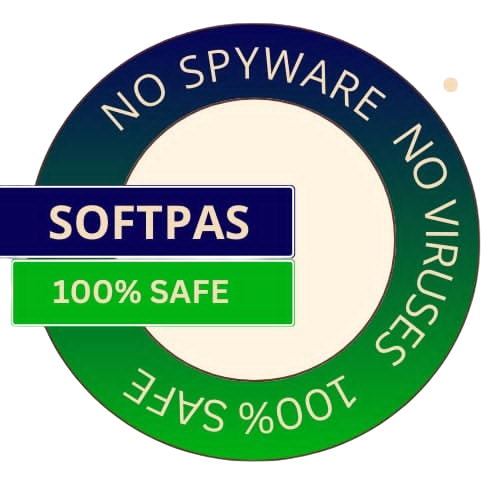
Get the best deals on your favorite games
VICS-II is the latest version of the VICS project, which was initially developed by Fujio Izumi and Ruben A. Dilanian as part of a bigger project called VENUS. Now, you might be wondering what VENUS stands for – it’s all about Visualization of Electron/NUclear densities and Structures.
The VENUS project kicked off in mid-2001. By the end of 2003, I got to know about it when most basic features were already in place. However, the early versions of VICS/VEND had some serious performance hiccups and didn’t work well on my computer. So, I took a closer look at the source code and started making some fixes.
I managed to commit a few fixes, but not everything could be solved. Some problems were rooted in the programming model while others came from the toolkit itself. Then, in June 2004, one of the main developers, Dilanian, left the project. This made it tough for both VICS and VEND to keep moving forward.
That’s when I decided to build new programs from scratch! I used some original code but also incorporated a new toolkit called wxWidgets.
You’ll be happy to know that VICS-II runs on Windows, Mac OS X, and Linux. And guess what? It’s available for free for non-commercial users!
The VENUS package includes four separate programs:
If you’re planning to use VICS-II, here are some requirements you should keep in mind:
This release comes packed with some cool updates:
Go to the Softpas website, press the 'Downloads' button, and pick the app you want to download and install—easy and fast!

SoftPas is your platform for the latest software and technology news, reviews, and guides. Stay up to date with cutting-edge trends in tech and software development.
Subscribe to newsletter
© Copyright 2024, SoftPas, All Rights Reserved.